I was there. It was humid and crowded, and luckily I was standing near some hot shirtless guys with cute asses. Nothing terribly exciting or, to be honest, much different from previous years, even if it was celebrating 50 years since Stonewall.
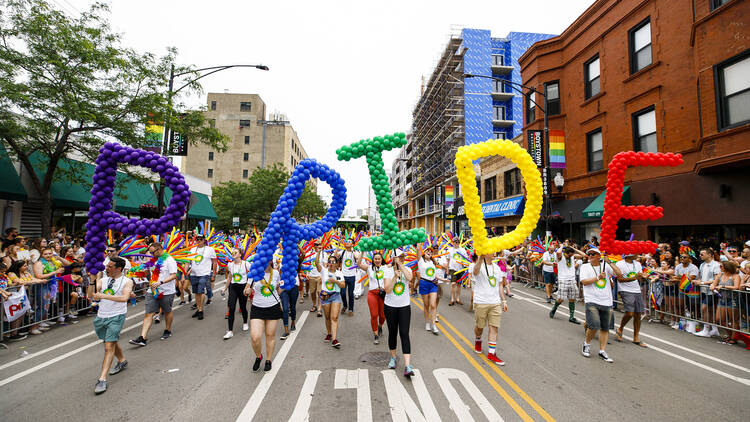
I left early to cool down in a friend's apartment, and soon the floodgates opened. Literally. Severe thunderstorms moved in, accompanied by torrential rains. To obtain updates, I was following CWB Chicago on Twitter as the drama was occurring. Attendees were ordered by the police to first shelter in place, and then evacuate. Ultimately, the parade was, to use the unfortunate language of the police, “terminated.” In the 49 years of its existence, as far as I know, this parade was never rained on. Never.
Luckily, my friend and I were ensconced on the couch watching the delayed broadcast of the parade during the monsoon.
We waited until the sun had emerged, about 4:30 p.m, to emerge ourselves to check out the situation.
I already knew from the updates that this unprecedented event causes situations of violence, and, according to a witnesses, overall “weirdness.”
For example, a local Walgreens and CVS wanted to lock their doors because of the onslaught of persons fleeing the rain. In the parking lot of the Walgreens, persons were jumping on cars (this behavior has happened before at events), but in the case, the crowd was larger and overall more violent.
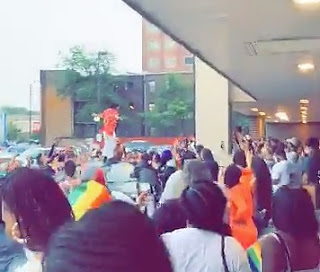
Police said two people were arrested in separate incidents for slapping police horses after the parade had stopped. For example, acccording to CWB Chicago, Wagdi Elgosbi, 28, approached a police horse in the 3200 bock of North Clark around 5:20 p.m. and asked the officer riding it if he could pet the animal. When the officer denied his request, Elgosbi slapped the horse in its face, police said in an arrest report. (Unacceptable!)
And, something both violent and, to be truthful, weird occurred at Chicago Comics (complete story available here). A woman burst into the store, begging for someone to call the police. A gang of twenty plus teenagers burst in, vanadalizing the store, and they sprayed the woman with pepper spray. The group fled when they heard the sirens. The police arrived, and the woman was taken away in an ambulance.
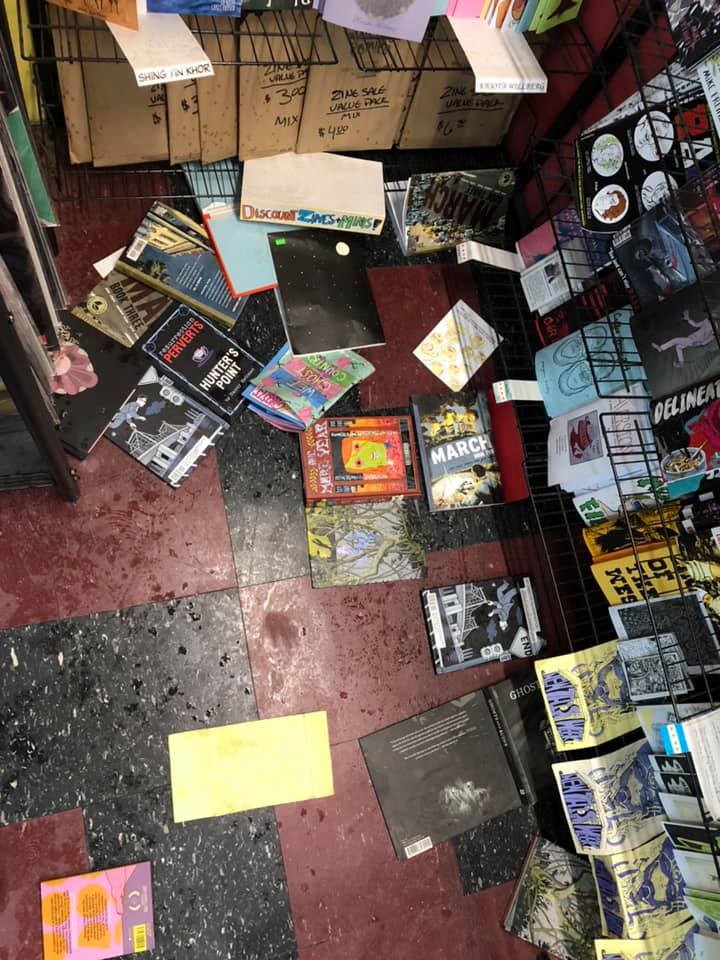
Now, just listing incidents in this fashion doesn't really prove much specifically. Violence has occurred in the wake of this event before (and tends to occur at public celebrations, no matter who puts them on), but the above behavior appear to be more noteworthy, whatever that means.
And certainly noteworthy was the twerking trend occurring this year. Any object could be “twerked,” according to this compilation.
I realize for some time there's been much controversy, mostly racially-charged, around claims about groups of teenagers not from the local area creating problems in the Boystown area.
I also think one could gain a more accurate and perhaps even inspiring context for this situation by recounting what happened to my friend and I after we left the apartment.
In a quest for food, we stopped at a casual joint called Windy City Gyros. The place was full of openly gay teenagers, racially diverse. Yes, openly gay, girls holding hands, one guy with his arm draped around the shoulder of another guy. This was a place where they could be open, safe. I can't imagine that behavior occurring when I was in high school in the 1970s, anywhere.
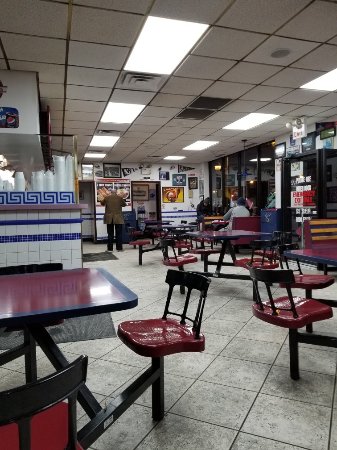
And, I do understand the serious issues with police presence at such events, especially at an event which commemorates a movement that began as a protest against the police, but a couple police guys casually went into the place to sit down and eat. Imagine how different this situation might have been in the 1970s and 1980s. During that period, the police might have been there because the owners would be calling them about the deviants.
The boundary between celebration and violence, and self-expression and psychological disturbance, is fluid, especially at events whose purpose and history, however that history may be subsumed or diluted, is a stand against repressive hierarchies.
I decry the violence that occurred in a place previous generations built to be safe and open (including for twerking) for the future: LGBTQ youth.
Perhaps, 50 years after Stonewall, we need to realize that it's not justice or rights in the abstract we need to work for, but with persons in all their moment by moment, often messy, complexity.



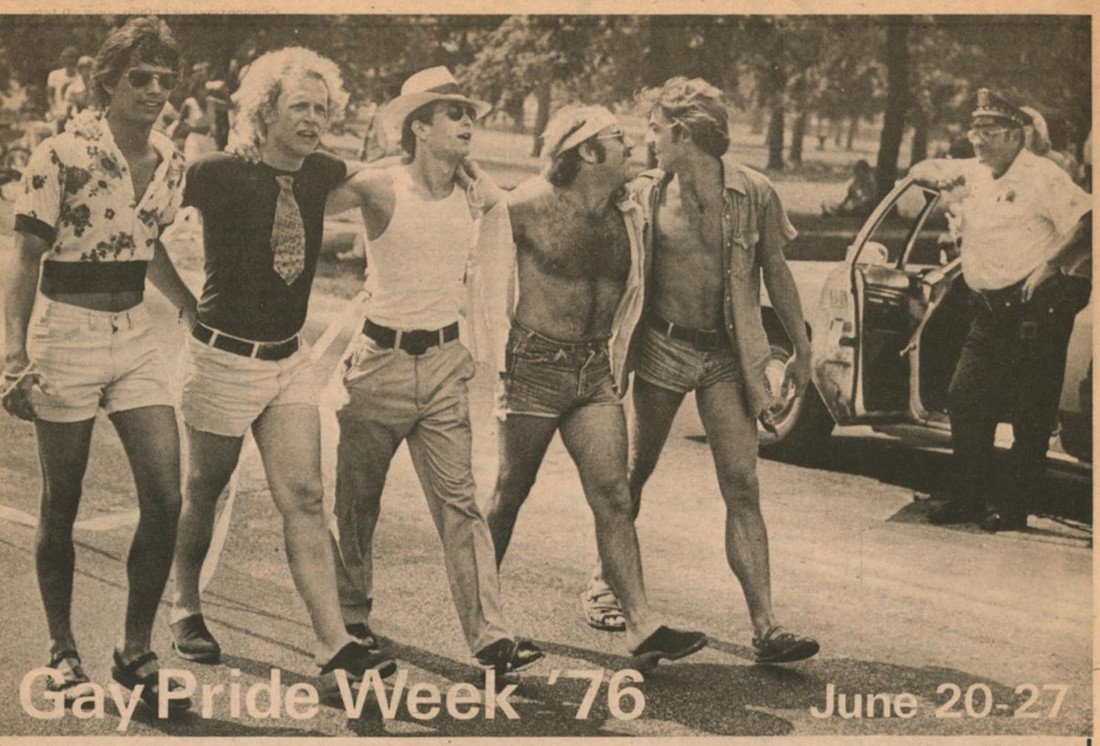
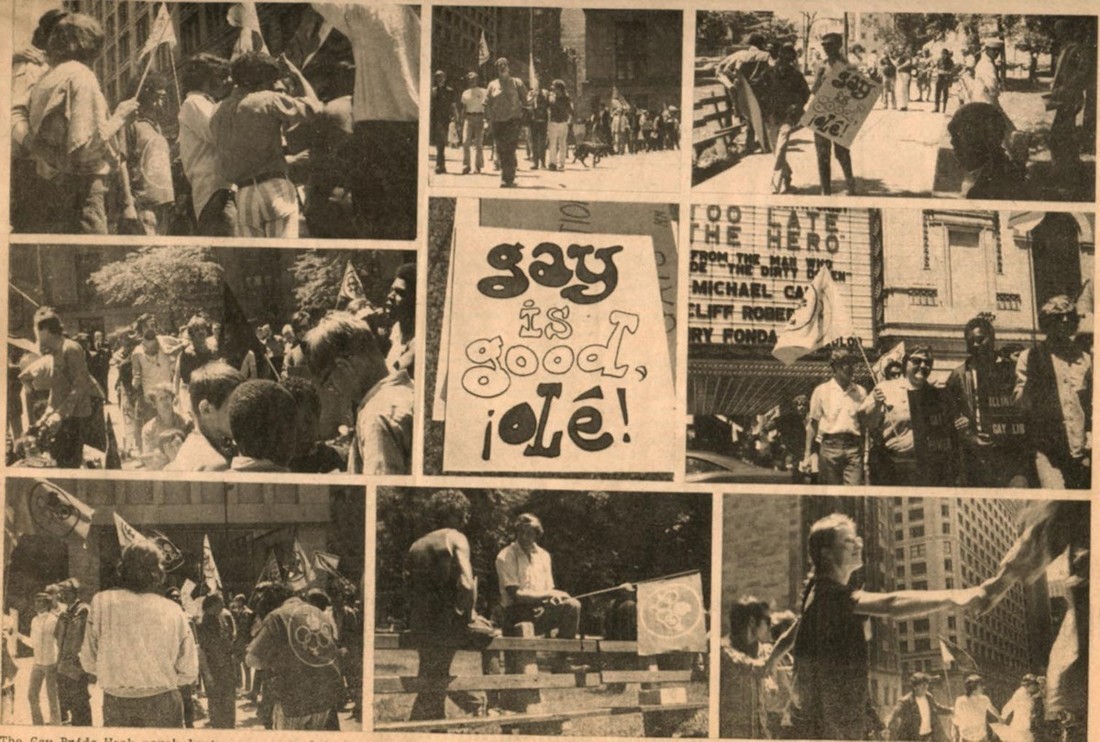
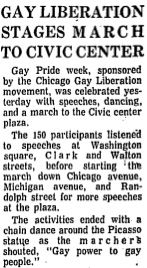
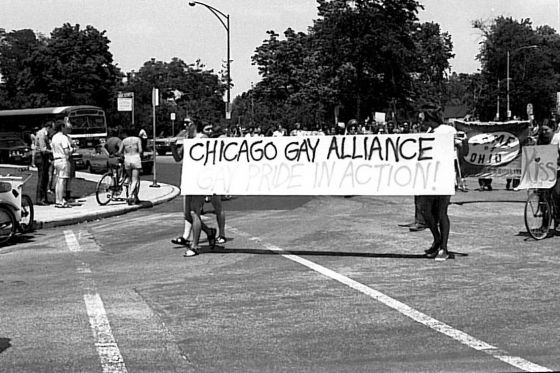
 Join our Email List
Join our Email List Like Us on Facebook
Like Us on Facebook Instagram
Instagram Youtube
Youtube Follow Us on Twitter
Follow Us on Twitter Follow us on Pinterest
Follow us on Pinterest